As we approach 2025, the credit card reader market is poised for transformative growth, driven by advancements in digital payments and IoT. This article delves into the evolving landscape, offering professional buyers a comprehensive guide to selecting the ideal credit card reader. With a focus on functionality, design, technical specifications, and emerging trends, this resource ensures informed decisions for stocking and selling these essential devices.
Table of Contents:
– Credit Card Reader Market Overview
– Detailed Analysis of the Credit Card Reader Market
– Innovations and Strategic Growth Opportunities
– Key Factors When Selecting a Credit Card Reader
– Emerging Trends in Credit Card Readers
– The Impact of Regulatory Compliance on Credit Card Readers
– Future Innovations in Credit Card Readers
– Wrapping Up
Credit Card Reader Market Overview
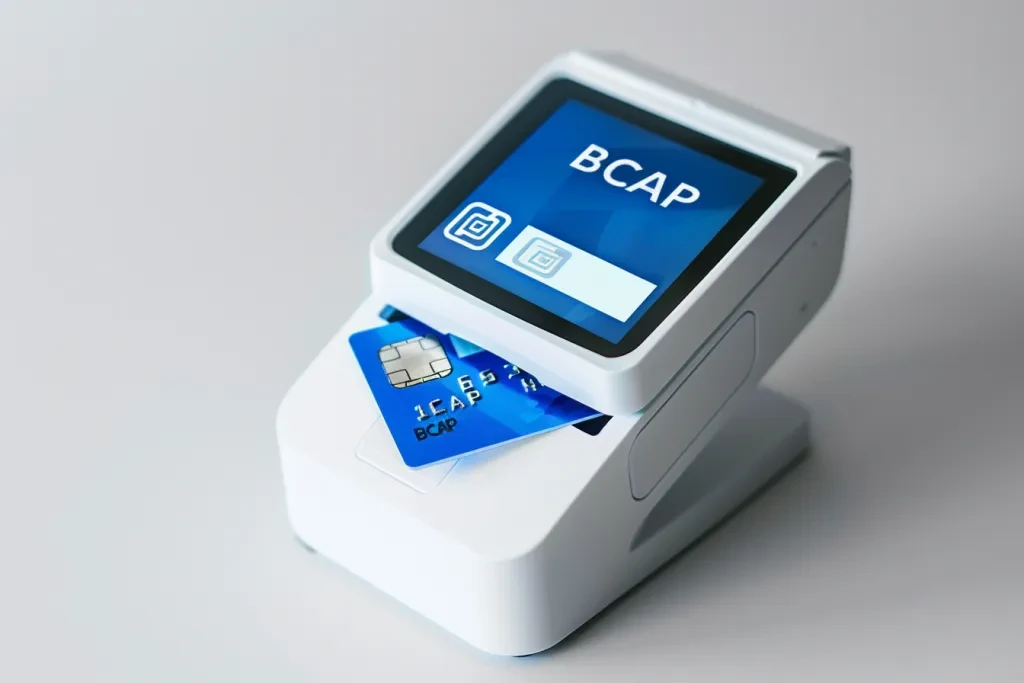
The global credit card reader market has seen significant growth, reaching USD 16.47 billion in 2024 and projected to grow at a Compound Annual Growth Rate (CAGR) of 4.7% to USD 19.78 billion by 2028. This expansion is driven by increased adoption of digital payment modes, rising use of IoT devices, and a surge in contactless smart card usage. North America holds the largest market share, while the Asia-Pacific region is expected to be the fastest-growing market during this period.
The mobile card reader segment is forecasted to grow by USD 28.79 billion between 2023 and 2028, accelerating at a CAGR of 25.2%. This growth is due to the increased adoption of contactless payments, the proliferation of smartphones, and rising demand for POS terminals from various end-users. Key players in the market include Ingenico Group SA, Verifone, Square, and PayPal Holdings Inc.
The market is segmented by type into fixed and mobile credit card readers, and by application into retail, transportation, banks, and others. Fixed credit card readers dominate the market; however, mobile card readers are rapidly gaining traction due to their portability and ease of use. The market is also categorized by geographical regions, including North America, Europe, Asia-Pacific, South America, and the Middle East and Africa.
Detailed Analysis of the Credit Card Reader Market
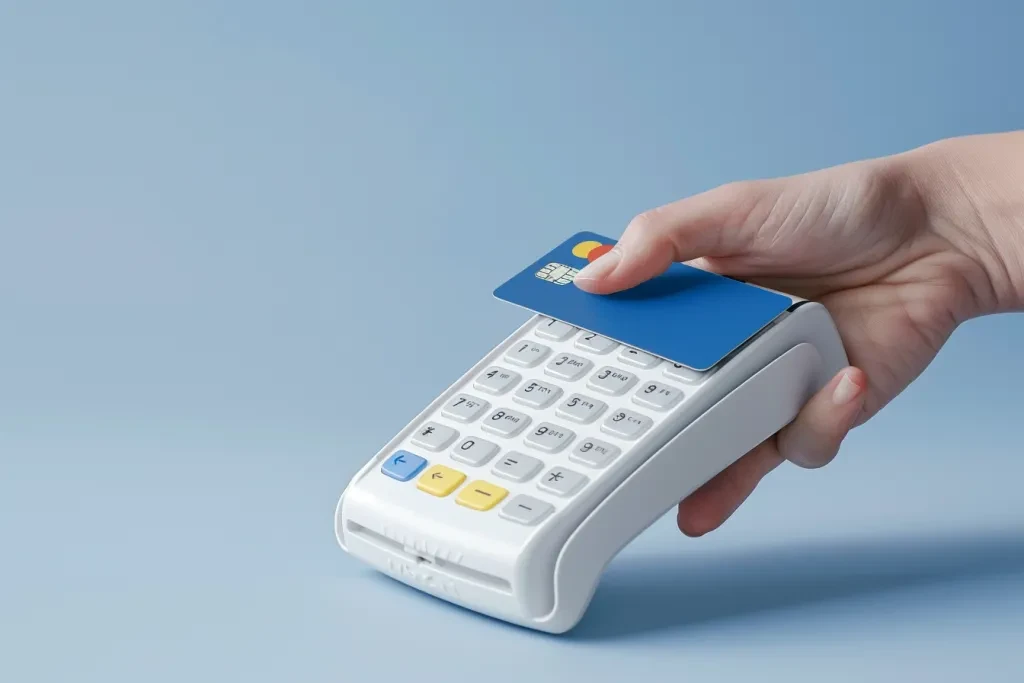
The credit card reader market is characterized by key performance benchmarks and market share dynamics. Advanced technologies such as Near Field Communication (NFC) and biometric authentication are enhancing the functionality and security of these devices. Companies are focusing on developing innovative products to stand out in a competitive market. For instance, the launch of biometric sensor payment cards by Thales Group highlights the trend towards enhanced security and user convenience.
Economic influences, such as the shift towards cashless transactions and the increasing adoption of digital payment methods, significantly impact market growth. The rising penetration of smartphones and internet connectivity drives the demand for mobile card readers. According to FIS Global, mobile wallet usage increased by over 21% year-on-year in 2021, accounting for 28.6% of all point-of-sale transactions globally, surpassing USD 13.3 trillion. This trend is expected to continue, further boosting the market for mobile card readers.
Consumer preferences for contactless payments and convenient mobile transactions are shaping the market. Retailers and businesses are increasingly adopting mobile card readers to enhance the shopping experience and streamline payment processes. Seasonal demand patterns also influence the market, with higher sales volumes typically observed during holiday seasons and major shopping events.
Innovations and Strategic Growth Opportunities
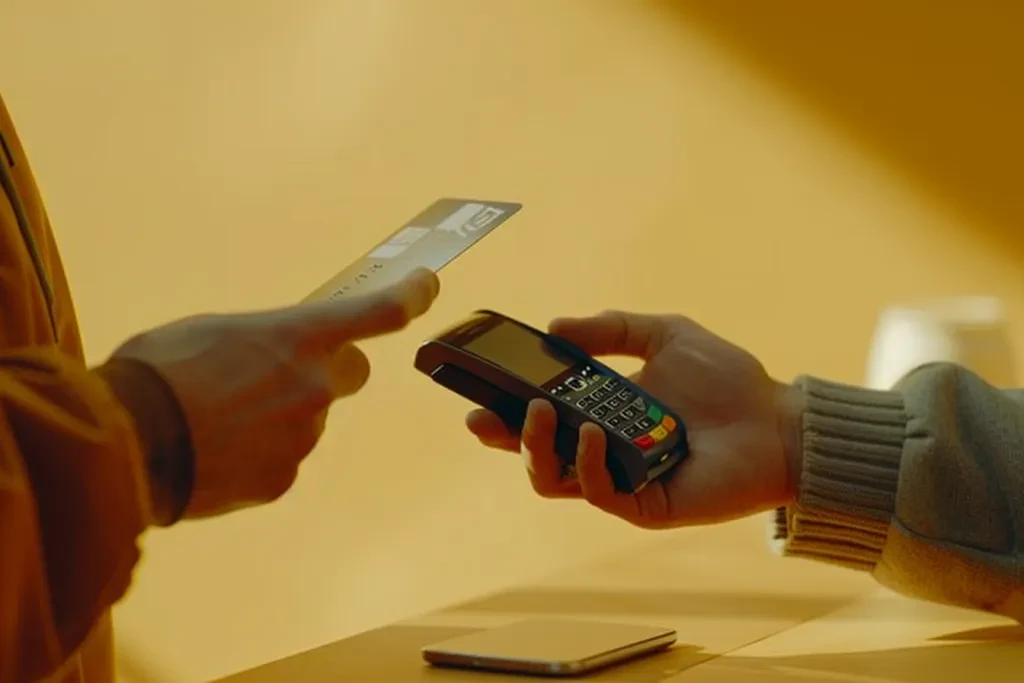
Recent innovations in the credit card reader market include the integration of contactless and biometric technologies. NFC technology facilitates fast and secure transactions, while biometric authentication enhances security by verifying users through unique identifiers like fingerprints or facial recognition. These advancements are particularly relevant in sectors such as financial services, healthcare, and transportation.
Environmental regulations and social trends are also influencing market dynamics. Manufacturers are developing eco-friendly products and complying with data protection regulations to meet consumer and regulatory demands. The integration of smart card readers in smart home systems and the adoption of secure identification systems are examples of how environmental and social considerations shape product development.
Customer concerns over data security and the need for seamless payment experiences are being addressed through technological advancements. Companies are investing in advanced encryption methods and secure authentication protocols to protect sensitive information and prevent fraud. Enhanced security features are a key differentiation strategy for market players.
The market also presents niche opportunities, particularly in regions with high smartphone penetration and growing digital payment infrastructure. For example, the Indian market is expanding due to government initiatives promoting financial inclusion through digital payments. The adoption of Aadhaar-linked biometric card readers is facilitating secure identification and transactions, demonstrating the potential for growth in emerging markets.
Key Factors When Selecting a Credit Card Reader
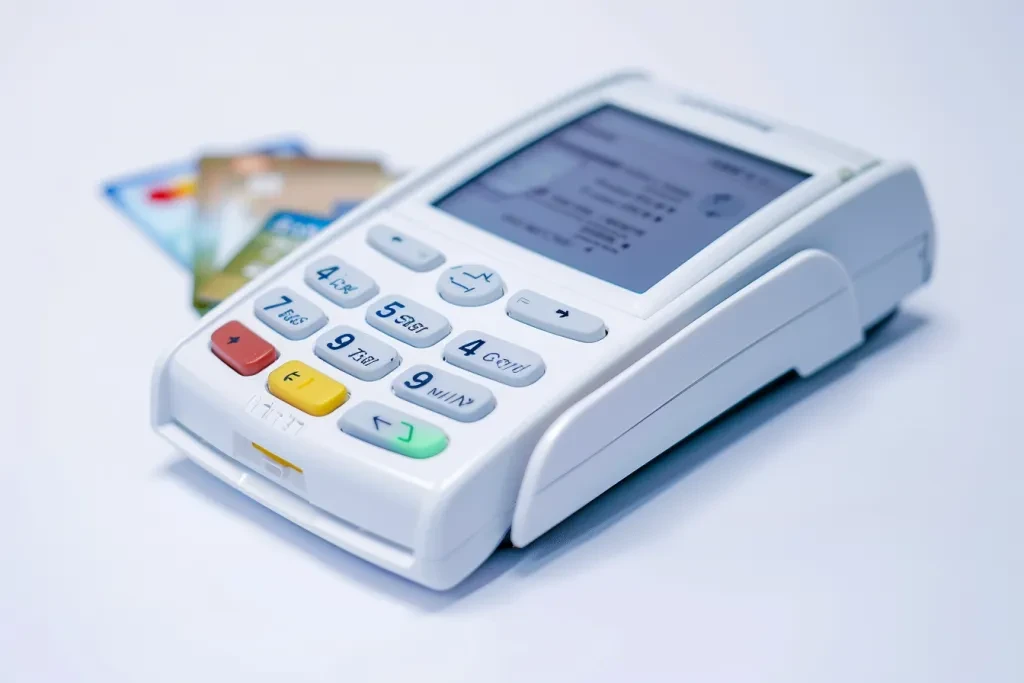
When choosing a credit card reader, several crucial factors must be considered to ensure the best fit for your business needs. These include functionality, design, technical specifications, compatibility, and cost. Each element plays a significant role in determining the overall effectiveness and efficiency of the credit card reader in a business environment.
Functionality
Functionality is the cornerstone of any credit card reader. The device must support a broad range of payment methods, including EMV chip cards, magnetic stripe cards, and contactless payments like NFC for mobile wallets such as Apple Pay and Google Wallet. Advanced models offer features like transaction history tracking, multi-user support, and customizable receipts.
Integration with existing point-of-sale (POS) systems is another critical aspect. Seamless integration ensures that transactions are processed quickly and accurately, minimizing errors. Some credit card readers come with built-in software that can be customized to meet specific business needs.
Security features are paramount. The device should comply with the latest PCI DSS (Payment Card Industry Data Security Standard) regulations to protect sensitive cardholder data. Look for readers that offer encryption and tokenization to safeguard transactions.
Design and Aesthetics
The design and aesthetics of a credit card reader can significantly impact the customer experience. A sleek, modern design enhances the visual appeal of your checkout counter and contributes to a professional transaction process. Compact and lightweight models are particularly useful for mobile businesses or those with limited counter space.
Ergonomics are crucial in design. The device should be easy to handle and operate, with intuitive interfaces that reduce the learning curve for staff. Touchscreen displays with clear, user-friendly icons and prompts can enhance usability, making transactions quicker and more efficient.
Durability is also important. Credit card readers are subject to frequent use and potential mishandling, so they must be built to withstand daily wear and tear. High-quality materials like robust plastics or metals can extend the lifespan of the device, ensuring long-term reliability.
Technical Specifications
Technical specifications are vital in determining the performance and capabilities of a credit card reader. Key specifications include processing speed, connectivity options, and battery life. Fast processing speeds ensure transactions are completed swiftly, enhancing customer satisfaction and reducing wait times.
Connectivity options like Bluetooth, Wi-Fi, and USB are essential for seamless integration with various devices and POS systems. Wireless connectivity is particularly useful for mobile or outdoor transactions, providing flexibility and convenience. Additionally, longer battery life reduces the need for frequent recharging, ensuring uninterrupted operation.
Compatibility with software and hardware is another crucial aspect. The credit card reader should work seamlessly with your existing systems, including POS software, accounting tools, and inventory management systems. This compatibility ensures smooth operation and minimizes technical issues.
Cost and Budget
The cost of a credit card reader can vary significantly based on its features and capabilities. It’s essential to balance your budget with the required functionalities to ensure you get the best value for your investment. High-end models offer advanced features and robust performance but come at a premium price. More affordable options may lack certain functionalities but can still meet basic transaction needs.
Consider the total cost of ownership, including the purchase price and ongoing fees like transaction charges, maintenance, and potential software upgrades. Some providers offer subscription-based models with lower upfront costs but recurring monthly fees. Evaluate these options carefully to determine the most cost-effective solution.
Look for promotional offers, discounts, and bundled packages that can provide better value. Some providers offer free or discounted credit card readers with certain payment processing agreements, which can be a cost-effective way to acquire the necessary equipment.
Customer Support and Warranty
Reliable customer support and a comprehensive warranty are essential when investing in a credit card reader. Technical issues or malfunctions can disrupt business operations, so access to prompt and effective support is crucial. Look for providers that offer 24/7 customer support through multiple channels, including phone, email, and live chat.
A robust warranty can protect your investment by covering repairs or replacements in case of defects or malfunctions. Check the warranty terms to understand what is covered and the duration of the coverage. Some providers also offer extended warranties or service plans for additional peace of mind.
Assess the provider’s reputation for customer service by reading reviews and testimonials from other businesses. Positive feedback and high customer satisfaction ratings can indicate reliable support and service quality.
Emerging Trends in Credit Card Readers
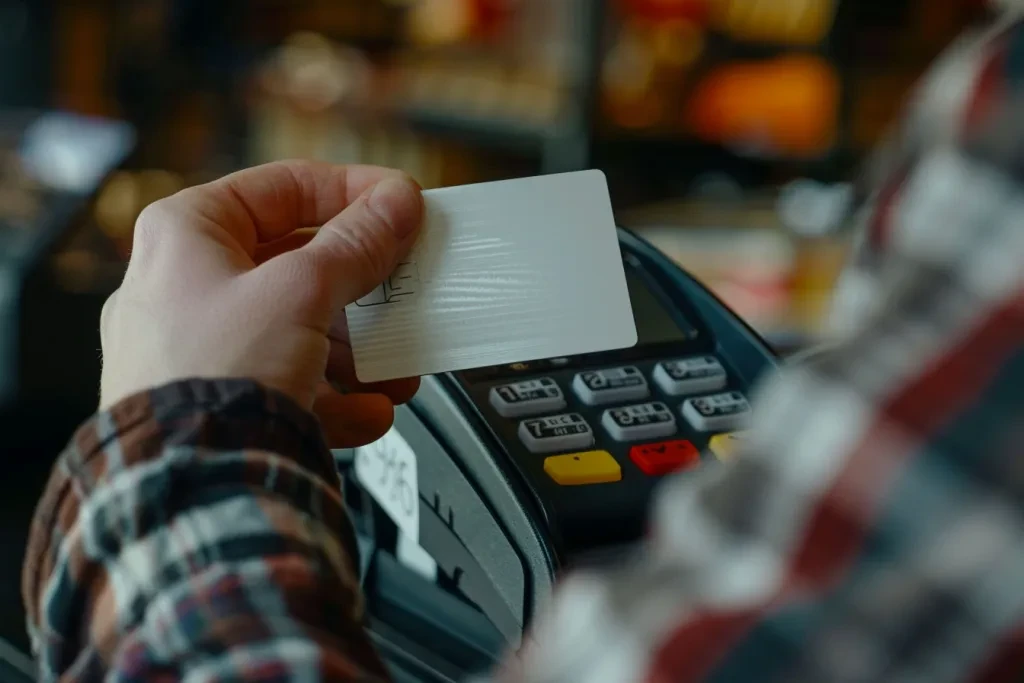
The credit card reader market is continuously evolving, with new trends and technologies shaping the future of payment processing. One significant trend is the increasing adoption of biometric authentication, such as fingerprint or facial recognition, to enhance security and streamline the transaction process. This technology provides an additional layer of protection against fraud and unauthorized access.
Another emerging trend is the integration of artificial intelligence (AI) and machine learning (ML) to analyze transaction data and detect fraudulent activities in real-time. AI-powered credit card readers can identify unusual patterns and alert businesses to potential security threats, improving overall transaction security.
The rise of omnichannel payment solutions is also transforming the credit card reader landscape. Businesses are increasingly adopting readers that support multiple payment methods and channels, including in-store, online, and mobile transactions. This flexibility allows businesses to provide a seamless and consistent payment experience across all touchpoints, enhancing customer satisfaction and loyalty.
The Impact of Regulatory Compliance on Credit Card Readers
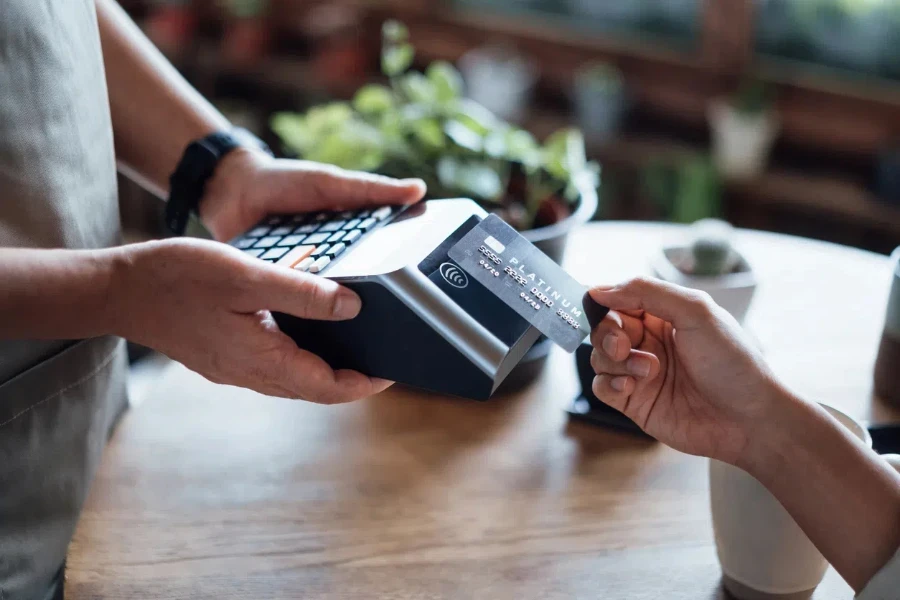
Regulatory compliance is a critical consideration for businesses using credit card readers. Compliance with standards like PCI DSS ensures that cardholder data is protected and transactions are secure. Non-compliance can result in significant fines, legal liabilities, and damage to a business’s reputation.
Businesses must stay updated with the latest regulatory requirements and ensure that their credit card readers meet these standards. This includes implementing robust security measures such as encryption, tokenization, and secure authentication methods. Regular audits and assessments can help identify and address potential vulnerabilities, ensuring ongoing compliance.
Additionally, businesses should work with reputable providers that prioritize regulatory compliance and offer devices that meet the latest standards. Providers that invest in security certifications and adhere to industry best practices can offer greater assurance of compliance and data protection.
Future Innovations in Credit Card Readers
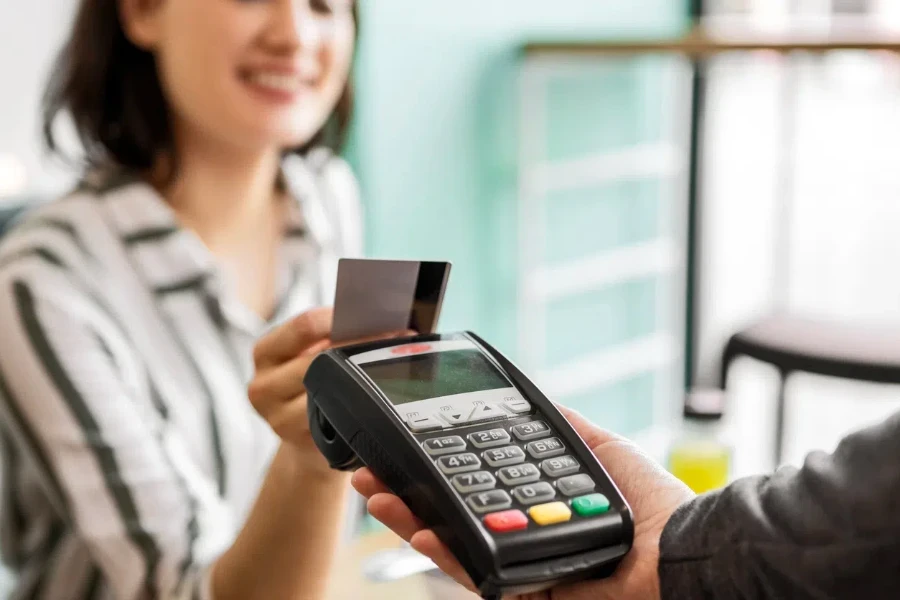
The future of credit card readers is set to be shaped by several exciting innovations. One such innovation is the development of contactless biometric readers that combine the convenience of contactless payments with the security of biometric authentication. These readers can provide a fast, secure, and frictionless payment experience, enhancing customer satisfaction.
Another promising innovation is the integration of blockchain technology to enhance transaction security and transparency. Blockchain can provide a tamper-proof ledger of transactions, reducing the risk of fraud and ensuring data integrity. Credit card readers that leverage blockchain technology can offer greater security and trust in the payment process.
The use of augmented reality (AR) in credit card readers is also an emerging trend. AR can provide interactive and immersive payment experiences, such as virtual product displays and real-time promotions. This technology can enhance the customer experience and provide new opportunities for businesses to engage with their customers.
Wrapping Up
In summary, selecting the right credit card reader involves considering various factors such as functionality, design, technical specifications, cost, and customer support. Staying updated with emerging trends and innovations can help businesses stay competitive and provide a seamless payment experience. Ensuring regulatory compliance and exploring future technologies can further enhance the security and efficiency of credit card transactions.



